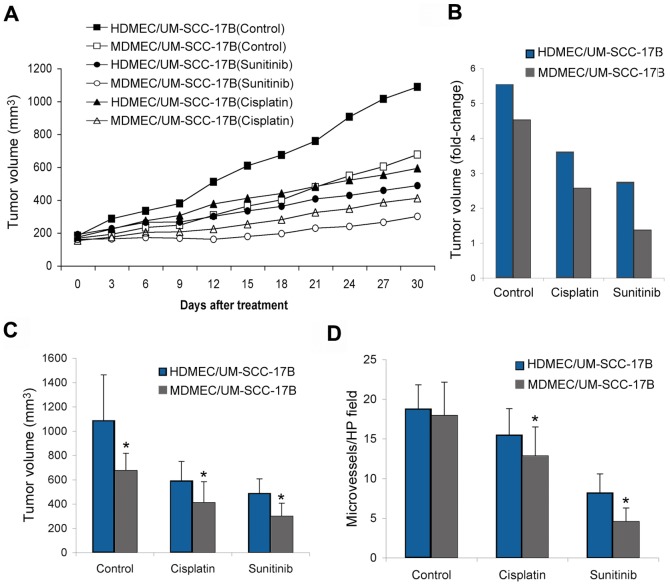Figure 4. Human tumor xenografts vascularized with mouse endothelial cells is more responsive to a chemotherapeutic and an anti-angiogenesis drug.
Xenograft tumors were engineered in immunodefficient mice by the co-transplantation of human tumor cells and human endothelial cells or human tumor cells and mouse endothelial cells seeded in biodegradable scaffolds measuring 6×6×1 mm. (A) Graph depicting the growth of human xenografts tumors (UM-SCC-17B cells) vascularized with HDMEC or MDMEC. As soon as we observed growth of the tumors beyond the size of the scaffold (i.e. when average tumor volume was 180 mm3), mice began to receive either 4 mg/kg cisplatin (i.p.) every 5 days, or 40 mg/kg sunitinib (o.r.) daily. (B) Fold change difference between the pre-treatment volume of the tumors and the volume of the same tumors after 30 days of treatment with cisplatin or sunitinib. (C) Tumor volume at the end of treatment with cisplatin or sunitinib. (D) Graph depicting the number of microvessels in tumor xenografts vascularized with HDMEC or MDMEC after treatment with cisplatin or sunitinib. Asterisk depicts P<0.05, as compared with controls. Results are representative of 3 independent experiments, n = 8.

